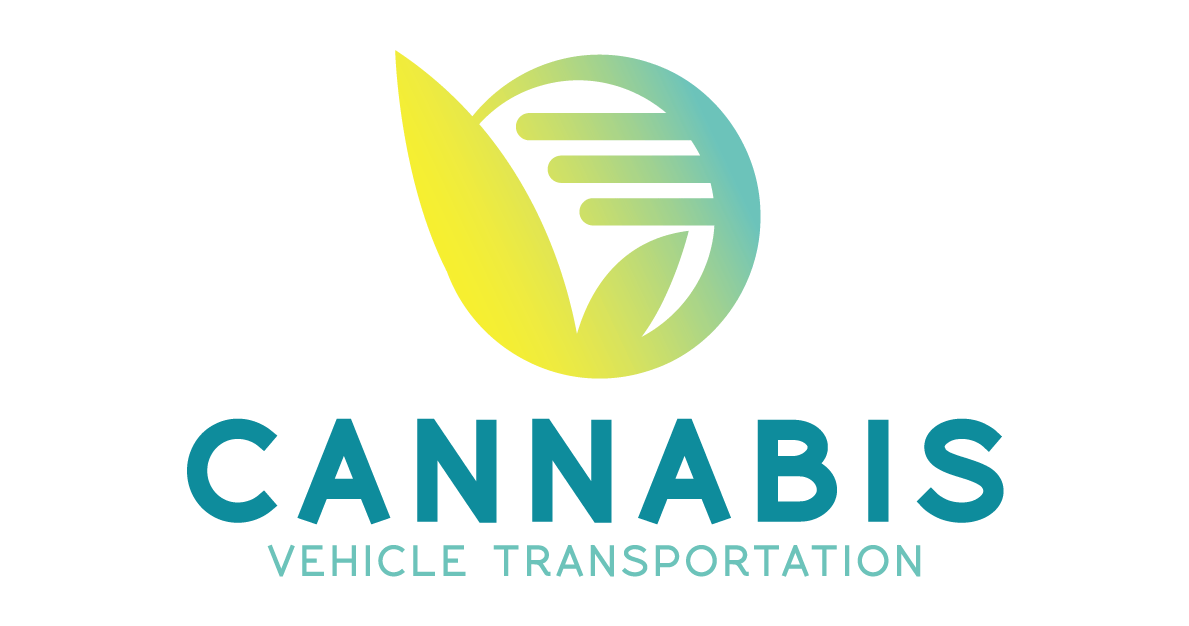The cannabis industry operates within a highly regulated and complex supply chain designed to ensure product safety, legal compliance, and quality control. From the moment a seed is planted to the time a customer purchases a product at a dispensary, cannabis travels through several key stages: cultivation, harvesting, processing, testing, distribution, and retail. Each phase plays a vital role in shaping the final product and maintaining regulatory compliance across local and state jurisdictions.
Cultivation: Starting at the Source
The journey begins at licensed cultivation facilities, where cannabis is grown under tightly controlled conditions. Cultivators must track every plant from seed or clone using unique identifiers, often through state-mandated track-and-trace systems like Metrc (Marijuana Enforcement Tracking Reporting Compliance). Growers monitor light, temperature, humidity, and nutrients to optimize plant health and cannabinoid profiles. Once plants reach maturity, they are harvested—typically by hand to preserve the delicate trichomes that contain cannabinoids and terpenes.
Harvesting and Initial Processing
After harvesting, the cannabis is trimmed and dried to reduce moisture content, which helps prevent mold and degradation. The material is then either cured for flower sales or sent for extraction. During this phase, cultivators maintain strict logs to record weights, waste, and batch numbers, ensuring transparency and accountability for regulators and supply chain partners.
Manufacturing and Extraction
Cannabis destined for edibles, concentrates, tinctures, or vapes undergoes further processing at licensed manufacturing facilities. These facilities use various extraction methods—such as CO₂, ethanol, or hydrocarbon extraction—to isolate desired compounds like THC or CBD. Post-extraction, the crude oil may be refined into distillate or full-spectrum extracts, which are then formulated into final products.
Mandatory Testing for Safety and Potency
Before any cannabis product can move forward, it must undergo laboratory testing by a licensed third-party lab. Testing ensures products are free of pesticides, heavy metals, mold, and microbial contamination. Labs also verify potency levels, ensuring accurate labeling of THC, CBD, and other cannabinoids. Products that fail testing must be destroyed or remediated, depending on local regulations.
Distribution and Transportation
Once cleared for sale, cannabis products are transferred to licensed distributors or directly to dispensaries. In states like California, third-party distributors are required by law to manage quality assurance, manifest tracking, and tax collection. Vehicles used for transportation must follow strict security protocols—such as GPS tracking, lockboxes, and approved routes—to prevent diversion and theft.
Dispensary Delivery and Retail Sales
At the retail level, dispensaries receive inventory and log products into their point-of-sale (POS) systems, which integrate with track-and-trace software. Retailers must verify product labels, batch numbers, and test results before making products available for sale. Staff are trained to educate customers on dosage, consumption methods, and potential effects. Finally, consumers purchase their product—completing the long, regulated journey from farm to shelf.
The cannabis supply chain is unique in its transparency requirements and regulatory oversight. From seed to sale, every step is tracked, verified, and audited to maintain consumer safety and public trust.
Related Article: Behind the Wheel: How Licensed Vehicles Move Legal Cannabis in the U.S.
